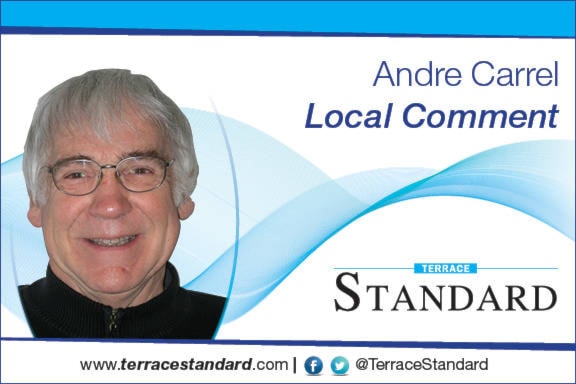This is the second in a three-part series on municipal affairs leading up to the October elections.
-
The Constitution gives provincial legislatures the exclusive power to make laws in relation to municipal institutions (Art. 92.8). Put another way, a municipality is whatever a province decides a municipality to be and it has whatever responsibilities the province has delegated to it.
The limits on municipal powers are evident in the matter of taxation. The province legislates in great detail what taxes a municipality may levy, not only the how and when of the levy but also the how and when of their collection. The province allows municipalities some discretion to approve tax exemptions, but that discretion is narrowly defined.
The most burdensome and costly responsibility delegated to municipalities, as noted in my last column, concerns property-servicing infrastructure: streets, water, sewer, and drainage (hard services). As we can see in Thornhill, municipal status is not a pre-condition for a community to have the benefit of hard services.
Where the province has granted substantial autonomy to municipal councils is in the field of land use planning and zoning. What distinguishes a community from a random settlement is not the sophistication of its hard services; it is how land use and zoning policies embrace the community’s social, cultural, environmental, and economic attributes.
The paramount challenge for any council is to find ways to blend its greatest autonomy (planning and zoning) and its costliest responsibility (hard services) to optimize the community’s identity (social, cultural, environmental, and economic resources).
Probed with sensitivity to the community’s identity, an obstacle sometimes reveals opportunities. Take for example the linear trail nestled between Hwy 16 and the CN line. The rail line is a crude barrier dividing the community. Imagination and planning revamped a drab north-south barrier into a welcome and much used east-west link. The linear trail is not a necessity where Hwy 16 has a sidewalk. Building and maintaining anything entails financial costs; the linear trail is an example of how, with creative planning, a public expense can become a community benefit. The trail does not serve a utilitarian purpose in the way a sewer does, but it enriches the community’s identity.
Another example of a public expense without an obvious utilitarian purpose is the rainbow crosswalk on Park Ave. at Market St. It only takes two white lines to demarcate a crosswalk. A council resolution to proclaim Terrace an open and tolerant community would have been cheaper, but this rainbow crosswalk says more about the community’s identity; it is more profound and carries more weight than any council resolution could ever have.
The lack of constitutional authority need not paralyze council’s ability to address social, cultural, environmental, and economic subjects of concern to the community, and to give support to initiatives that enrich the community’s identity.
Many local, regional, and provincial organizations, governmental and non-governmental, are dedicated to the pursuit of economic, social, environmental, and cultural objectives. Communities benefit when their municipal councils reach out to such organizations in the pursuit of objectives which are beyond a municipality’s limited statutory powers.
Opportunities and ambitions along these lines remain starry-eye dreams when community members identify themselves merely as taxpayers. Dreams can become reality when we act as citizens, responsible for our community’s common good, and we relate to the councils we elect in this manner.
